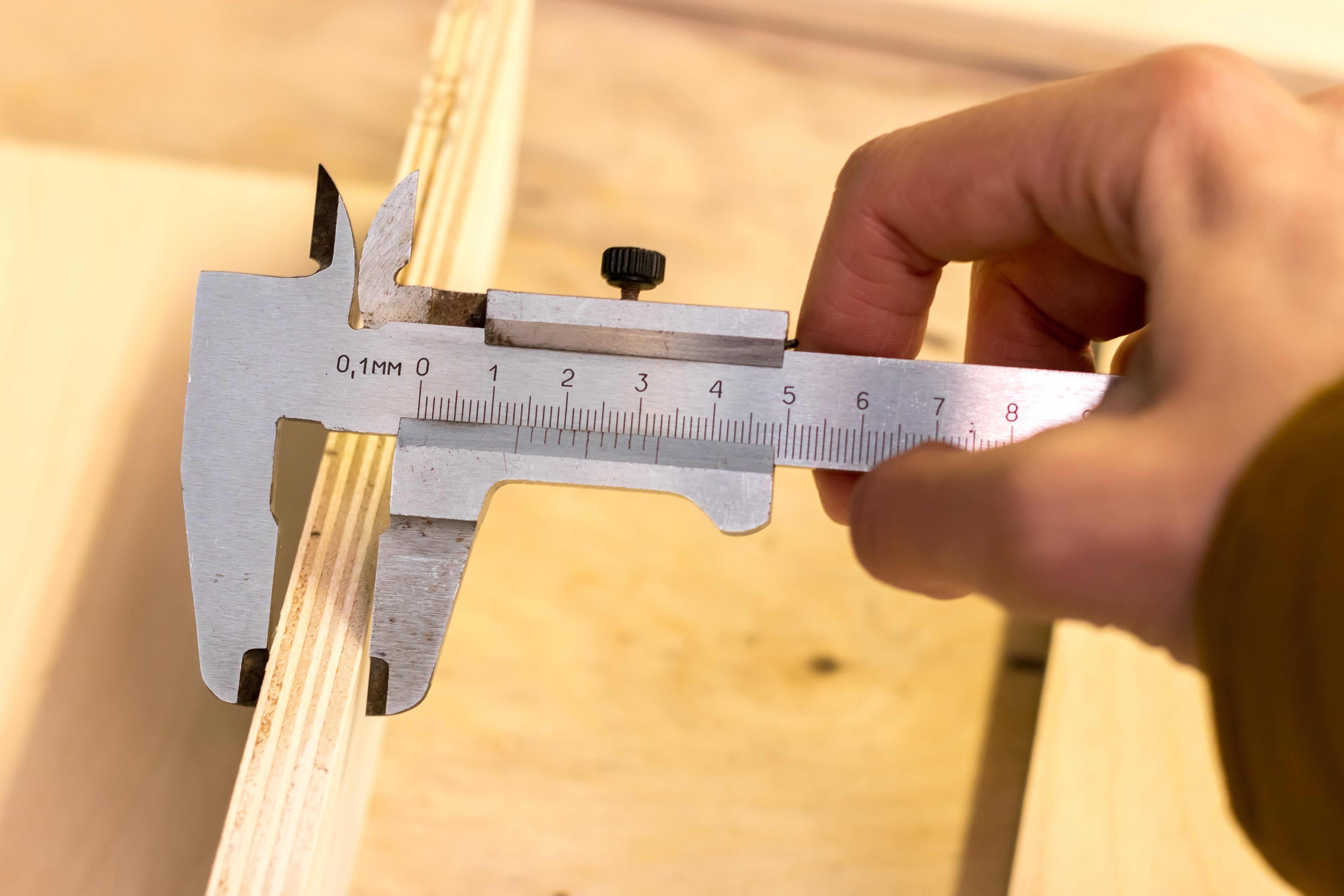How to Measure with Vernier Calipers
Using vernier calipers
A millimetre perfect measurement requires a good sharp eye at the best of times. But when you need to take depth, step, inside or outside diameter measurements with pinpoint accuracy; you need a vernier caliper. Let’s take a look at what vernier calipers are used for, and how to use a vernier caliper.
What are vernier calipers used for?
Vernier calipers are used for precise internal, external, depth and step measurement beyond what a ruler or tape measure can provide. A vernier caliper is invaluable in the fields of engineering, custom fabrication, and automotive mechanics. However, vernier calipers can also be found in the toolboxes of jewelers, carpenters, plumbers and more.
Importance of vernier calipers in mechanics
While a mechanic may reach for more accurate measuring implements for specific tasks; a vernier caliper is usually the first tool they grab for a quick measurement. Vernier calipers can be used for measuring brake disc thickness, checking whether a bore is standard or oversize, confirming wheel bearing diameters, the length and diameter of a bolt, the thickness of a gasket, and the list goes on!

Types of vernier calipers
There are two major differences to consider when you’re choosing a vernier caliper. Do you want digital or manual? A digital gauge is easier to read, and you can zero it at any point for relative readings. The trade-off is sensitivity to extreme temperature and less resistance to knocks and spills. A manual vernier caliper is more durable and of course will never require batteries! However, reading it accurately requires a few steps and a little math.
Most vernier calipers both digital and manual are dual scale, allowing you to measure metric and imperial with the same tool.
How to use a vernier caliper
Using a digital vernier caliper is SUPER easy. Close the jaws to begin with, then turn on and zero the display. Select your preferred scale, then use the thumb wheel to open the jaws. You can close the bottom of the jaws around your item for an external measurement, open the top of the jaws until they touch the sides of your object for an internal measurement, or extend the depth measuring rod for a depth measurement. Atop your vernier caliper is a locking screw to hold your measurement while you read it.
How to read vernier calipers
A manual vernier gauge is operated the same way for all your measurements, but reading the measurement is more involved. So, let's assume you have taken your internal, external, or depth measurement just as you would with a digital caliper and you’re ready to read the measurement. Here’s an example measurement to help you follow the instructions:
Guide on how to read vernier calipers

How to read vernier calipers in inches (top scale in example image)
- Look closely at your main scale for where the 0 on your sliding scale is positioned and note the nearest number (but do not round up). In the example image, it has passed the ‘2’ (red arrow) but not the three (which is the unmarked slightly longer line between 2 and 4). So that’s 0.2 inches so far.
- Now look for the nearest division (green arrow). The zero has passed the first division but not reached the second. Each division equates to 0.025 inches, so it’s 0.2 plus 0.025 so far.
- Your last reading will be taken from the top (sliding) scale. Find the first point where a mark on your main scale lines up EXACTLY on your sliding scale. In this case it’s 18 (yellow arrow)
- Last of all, add up these values for your final measurement. 0.2, plus 0.025, plus 0.018 gives a final measurement of 0.243 inches.
How to read vernier calipers in millimetres (bottom scale in example image)
- Look closely at the main scale for where the 0 on your sliding scale is positioned and note the nearest number (but do not round up). In the example image, each division is equal to one millimetre, so the measurement (blue arrow) is 6mm.
- Take the next measurement from the sliding scale at the first point where two marks align perfectly (orange arrows). In the example image this is 18
- Add these two measurements together for your final value. The example is 6.18mm
A vernier caliper is the tool you knew you needed; but never knew existed. Make a home for the vernier caliper in your toolbox, and make every measurement SUPER.
*Important information* - Click here to read more about our DIY Advice Terms and Conditions.